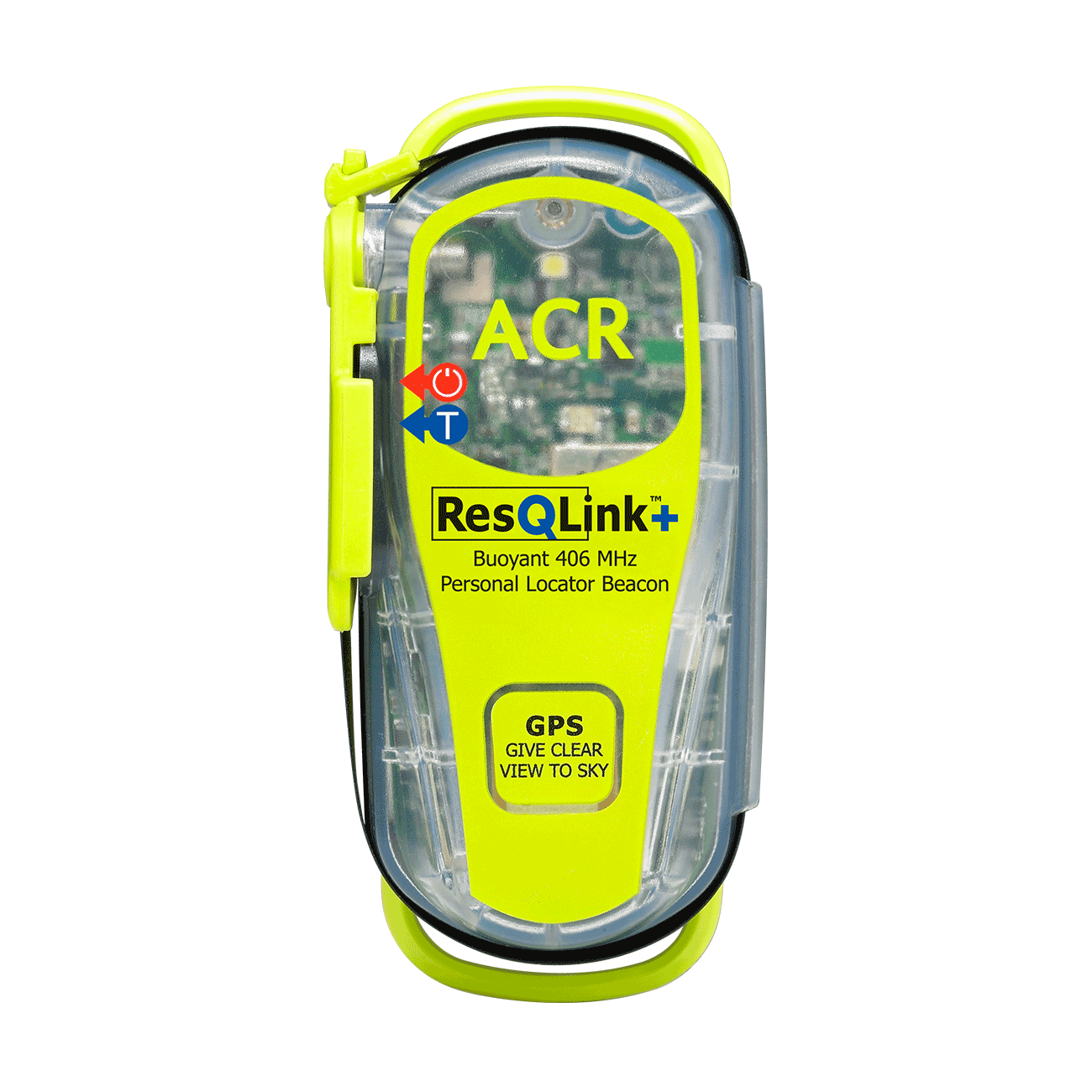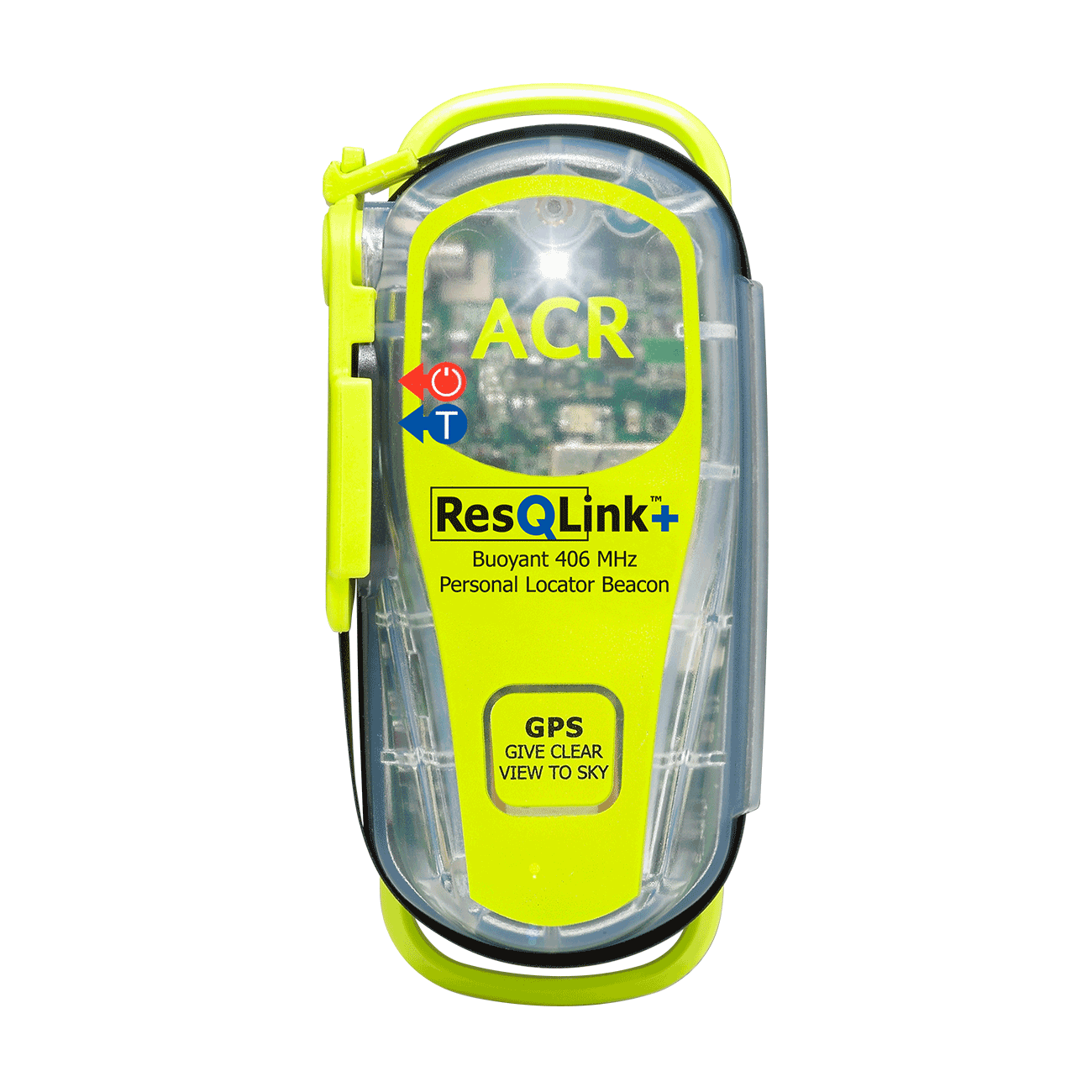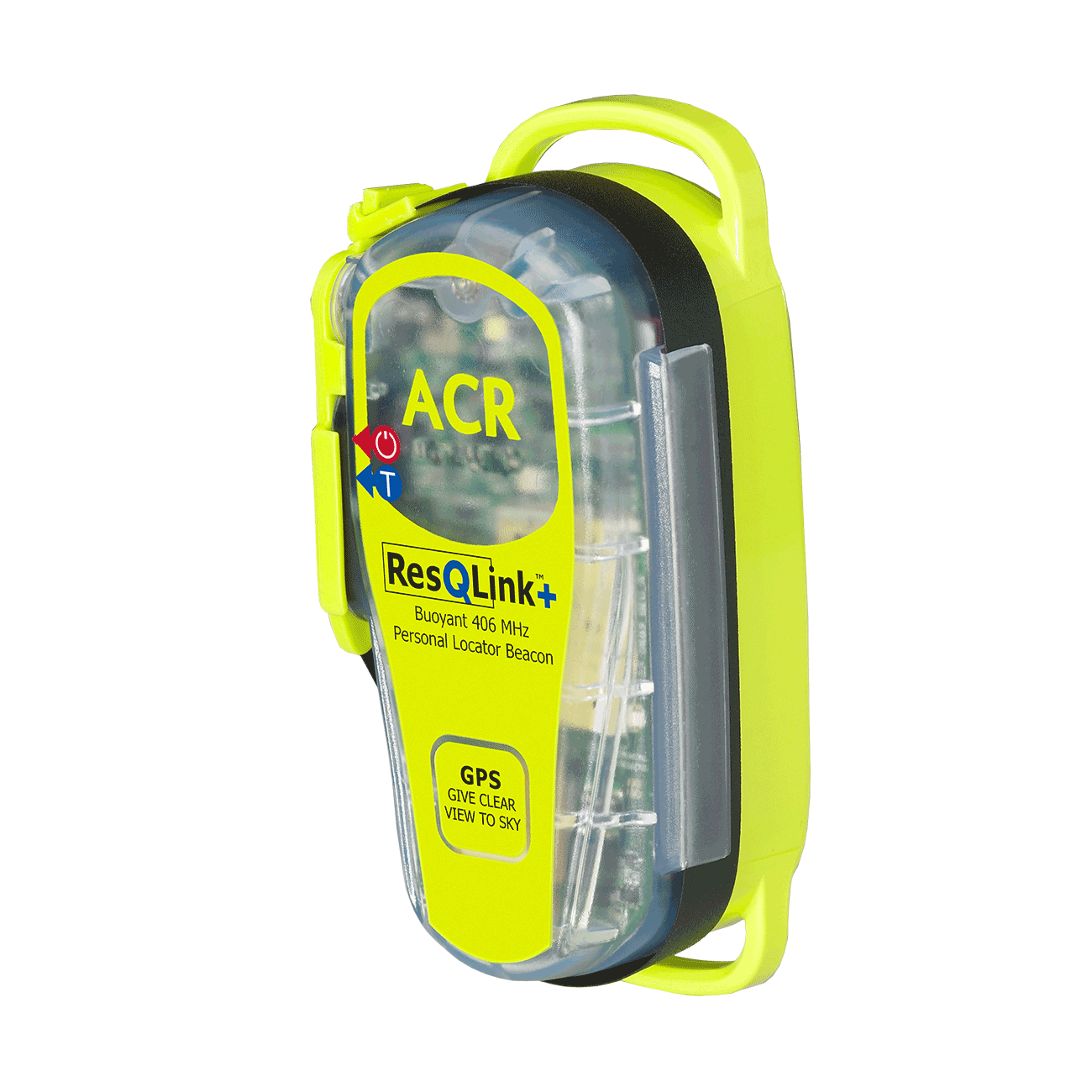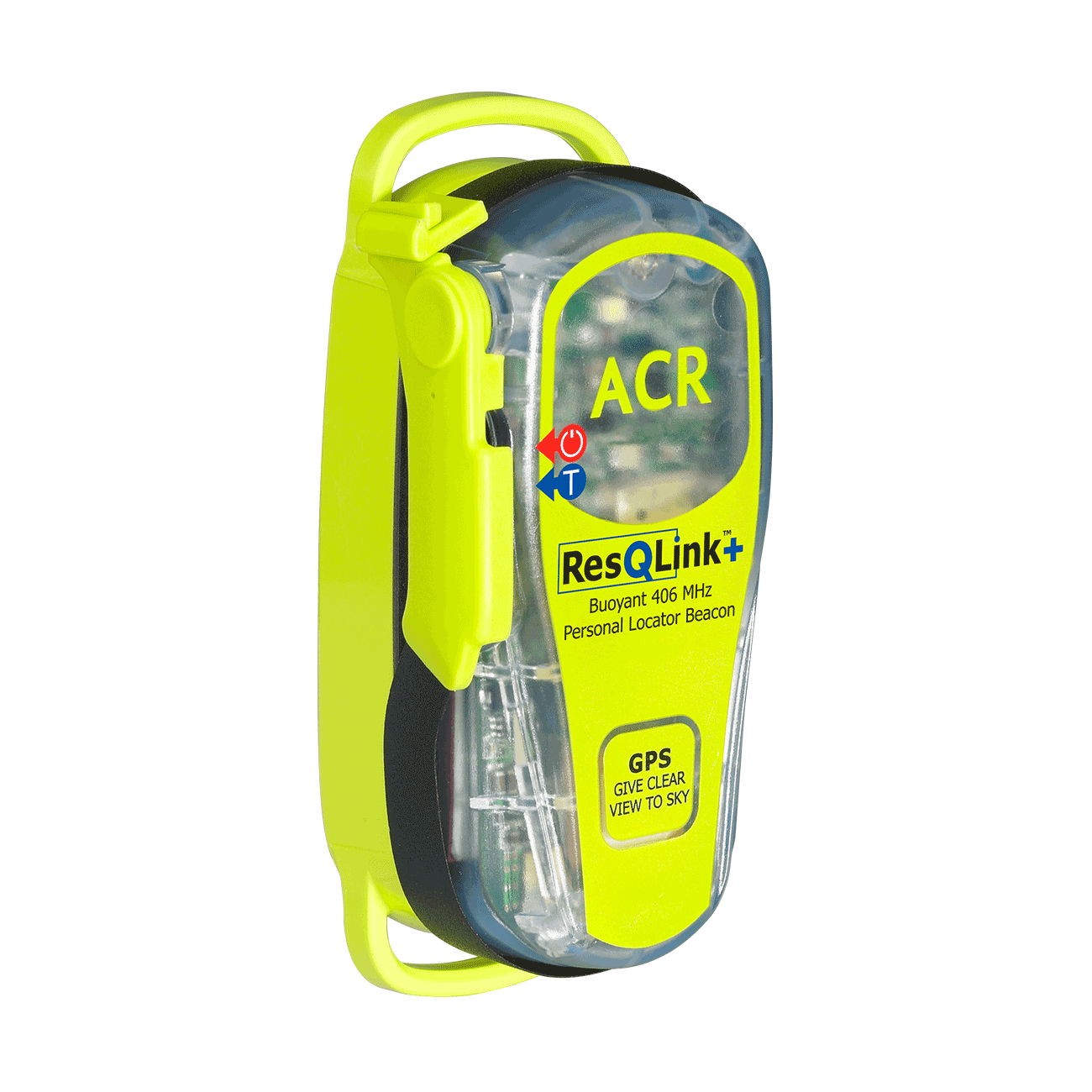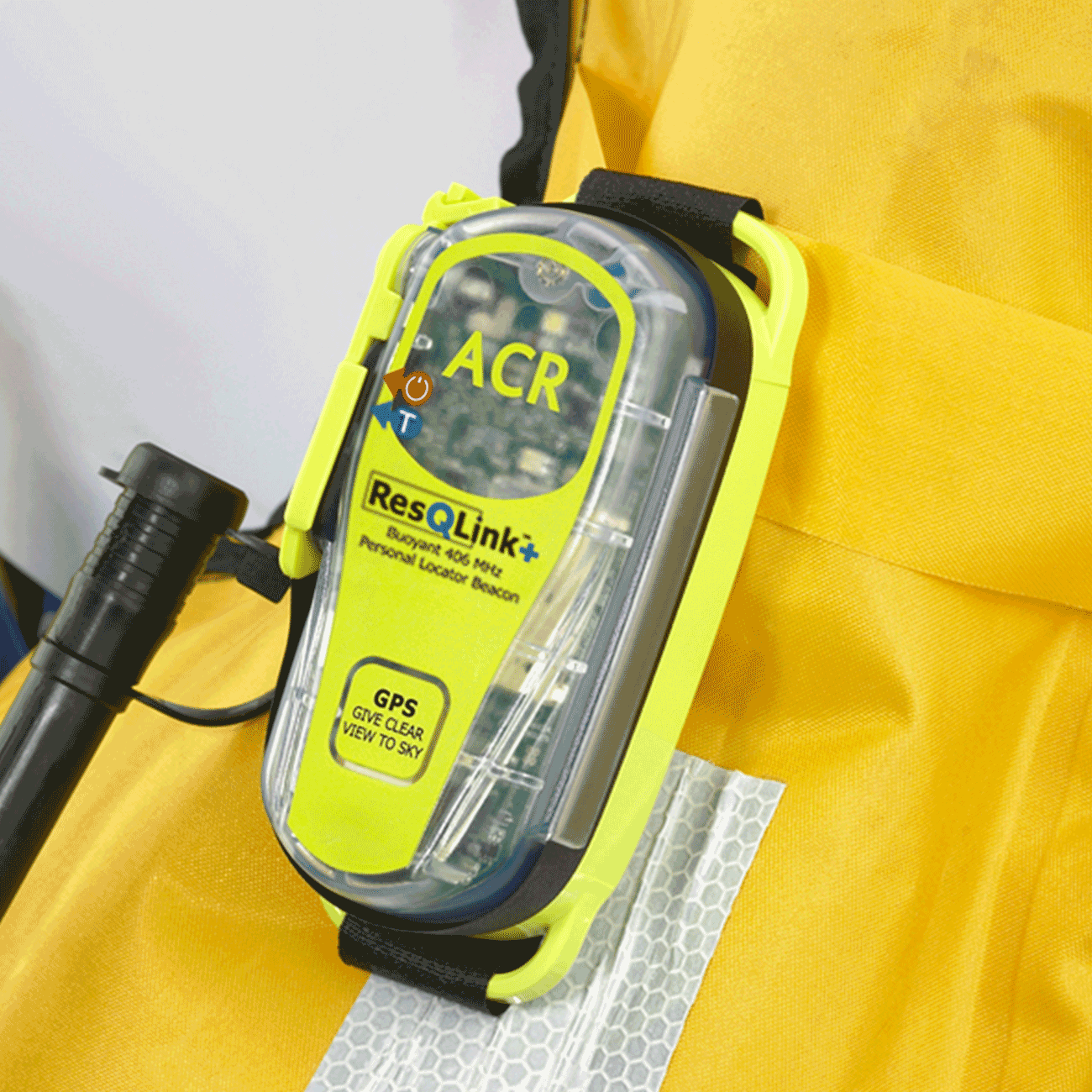Lives saved
2

Hiking

Tundra

Weather

Snow
Gobi Desert
42.7951536°N, 105.0323635°E
Posted on May 2, 2018 by Elshenawy
What happened?
My wife and I spent months planning an awesome expedition to the Gobi Desert in Ömnögovi Province, Mongolia. The name alone invokes images of vast stretches of craggy rock and sand, dotted with Bactrian camels, wild horses, and nomadic Mongolian herders. While visiting in winter truly unleashes the vast and immense feeling one gets when traversing this plateau, it can also mean experiencing bitterly cold winds howling off the Siberian steppe, which bring whiteout snow conditions and rapid temperature fluctuations of up to 60°F once the sun sets.
Though we successfully covered over 400 miles of uncharted Gobi terrain in our 4×4 truck in the first two days, the great Gobi was a bit temperamental on our third and final day. On November 9th, 2017, we awoke to a desert town covered in snow as far as the eye could see. We were excited, as the day’s agenda called for a visit to the Yolin Am Ice Fields (aka Vulture Gorge), and we couldn’t wait to see it as nature intended: frozen.
We headed out of town, GPS waypoints programmed on our own charted 4×4 off-road course through the gorge. While our course looked completely flat to the naked eye, visibility was poor and blowing snow cover on the ground erased all crags and cliffs on the rocky steppe surface. Needless to say, one wrong move out there and you’ll quickly find yourself in a dire situation… and we did just that.
After rounding a rocky hill in the 4×4 truck nearly 25 miles from the nearest inhabited area, we found ourselves stuck in a snow covered trench about 4 feet deep. When various attempts at rocking between first and reverse in 4LO wouldn’t get us out, we resorted to furiously digging with our hands, rocks, and anything we could find to help free the vehicle. This went on for about 3 hours at temperatures hovering around 8°F to no avail.
With the sun setting in less than an hour, and knowing how much colder it was going to get once it set, we had no choice but to seek refuge inside the truck and assess the situation. Luckily we had been prepared with standard survival gear like bivvy bags, whistles, and small rations of food and water, but the most important bit of kit was the ACR ResQLink+ PLB.
Feverishly digging in the frigid, snow-covered Gobi soil had left us sore, damp, and cold to the bone. We were exhausted, and just our perspiration and respiration alone were enough to begin icing the windows and interior of the truck over within minutes. Although prepared for the emergency situation, both overnight temperatures and survival were uncertain, so we activated the ResQLink+ PLB.
Luckily, we were still within range of the last cell tower on the edge of town, so within 5 minutes of activating the ResQLink+ PLB, we got a call from US Air Force personnel. They took our details and passed us on to a US Army Sergeant, who ultimately got us in contact with personnel from the US Embassy in Ulaanbaatar. They acted as liaison with the South Gobi Police-Dalanzadgad Search and Rescue Unit, who sent out a search party and were able to rescue us within 4 hours of PLB activation.
Honestly, if it weren’t for ACR’s ResQLink+ PLB, I may not be here to tell this story today. Though we tried calling emergency numbers from our cell phones first, the language barrier was too much of an obstacle, and we were repeatedly hung up on or disconnected. Thankfully our ACR ResQLink+ PLB was registered with the NOAA in the United States, so we got just the right help we needed in a challenging situation.
Words of wisdom
Thankfully our ACR ResQLink+ PLB was registered with the NOAA in the United States, so we got just the right help we needed in a challenging situation.
Thank you note
Thank you ACR!
Rescue location
Gobi Desert
Rescue team
Other
ResQLink™+
Go to product details- Buoyant
- LED strobe light
- Self Test
- 66 Channel GPS
- Easy emergency activation
- Antenna clip
Out of stock

